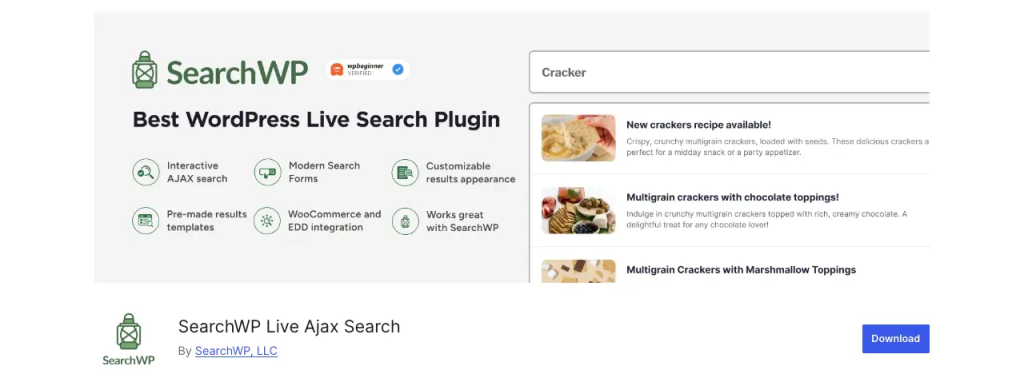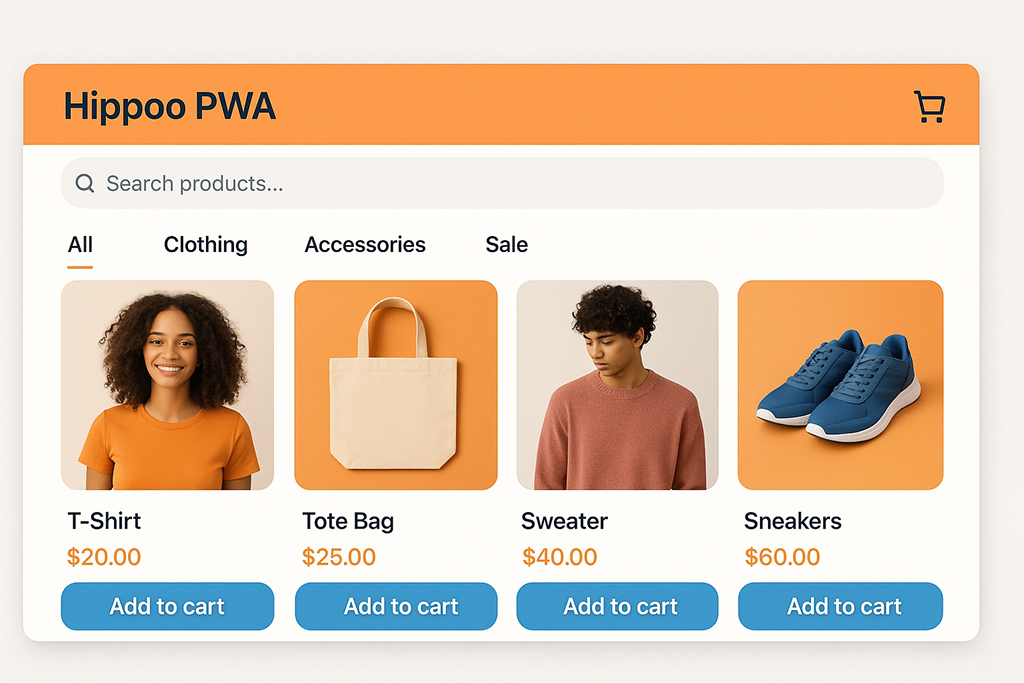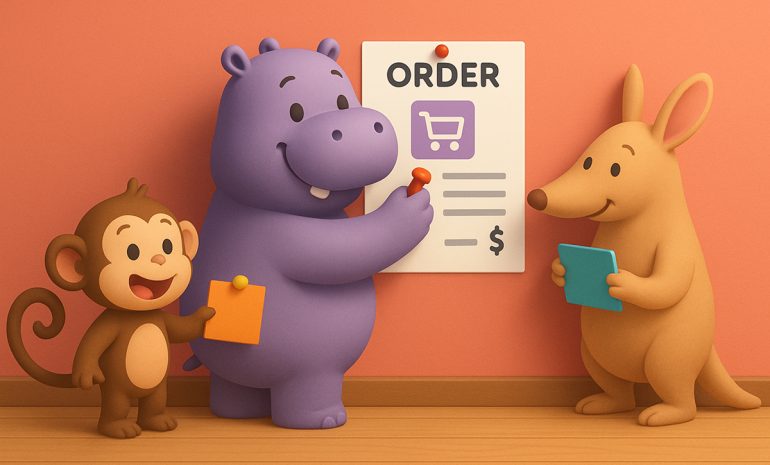WooCommerce powers over five million online stores globally, making it one of the most widely used e-commerce platforms. Its flexibility and open-source nature are major strengths, but they also hide a serious weakness: the customer experience often feels fragmented, slow, and outdated compared to modern e-commerce expectations.
While Shopify focuses on speed and seamless UX, WooCommerce app merchants are left piecing together multiple plugins to achieve the same results. The outcome is slower performance, inconsistent design, and a shopping experience that pushes potential customers away.
The Conversion Problem
Studies comparing WooCommerce to Shopify show a 17% lower conversion rate on average. Pages load 2.5 times slower, and cart abandonment rates regularly exceed 70%, reaching as high as 85% on mobile. These numbers represent billions in lost potential sales.
The root cause isn’t the lack of merchant effort—it’s the architecture of WooCommerce’s customer journey. Most frustrations stem from missing or incomplete “blocks,” the modular components that define how shoppers search, browse, and buy.
Let’s explore where WooCommerce falls short and how it can evolve with smarter, native solutions.
1. Product Discovery: The First Impression That Fails
The issue: 27% of shopping sessions fail because users cannot find what they are looking for.
WooCommerce’s default search and filtering tools are extremely limited. The basic WordPress search function doesn’t understand product data or attributes, and many stores are forced to install paid extensions just to enable live search or category filtering.
What customers experience
- Slow, irrelevant search results that require full-page reloads
- Poor filter design with long dropdowns and missing visual cues
- Difficulty finding the right size, color, or category on mobile
Solutions
- Live product search with real-time results, images, and prices as customers type. Consider using plugin like Search WP
- Visual product filters using color swatches, icons, and patterns instead of plain text. Consider using a Woo product filter
- Smart filters that automatically hide irrelevant options per category.
- AI-based search suggestions based on previous customer activity and popular products.

Improving search and filtering alone can reduce bounce rates by up to 45% and increase conversion rates by 20% or more, according to multiple UX benchmark studies.
2. Product Pages: The Heart of Conversion
The issue: 51% of leading e-commerce sites have “mediocre” product page UX, and WooCommerce is no exception.
Customers abandon products not because they don’t want them, but because the information feels incomplete, confusing, or unconvincing.
What customers experience
- No built-in product comparison tools
- Limited video or interactive content
- Lack of real-world images or customer galleries
- Unclear sizing and variation guidance
Solutions
- Quick view modals that let customers preview product details without leaving the catalog.
- Comparison tables for electronics, furniture, and high-consideration products.
- Interactive size guides that calculate fit based on measurements and feedback.
- Product video blocks that autoplay short demos or testimonials.
- Customer photo galleries integrated from reviews or social media.
- Product Q&A blocks that allow shoppers to ask and answer questions directly.
Each of these features reduces hesitation and builds trust. For apparel stores, adding visual size and fit guidance alone can reduce return rates by 10–50%.
3. Checkout Experience: Where Most Revenue is Lost
The issue: WooCommerce’s multi-step checkout feels outdated and inconsistent across themes. Cart abandonment reaches 70–73%, compared to significantly lower rates on Shopify.
Customers expect a checkout that feels as easy as Amazon or Apple Pay—fast, intuitive, and transparent.
What customers experience
- Hidden or unexpected shipping costs at the last step
- Multiple page reloads and long forms
- Lack of express payment options
Solutions
- Sticky shipping calculator on product and cart pages showing costs upfront.
- Express checkout with one-click payment for returning customers.
- Digital wallet integration (Apple Pay, Google Pay, PayPal) with saved info.
- Buy Now, Pay Later (BNPL) options for flexibility and confidence.
- Trust badges that clearly show SSL security, refund policies, and accepted payment methods.
Simply showing shipping costs earlier in the journey can prevent up to 48% of cart abandonments. Meanwhile, enabling express checkout can improve mobile conversions by 2x.
4. Mobile Commerce: 78% of Traffic, Only 66% of Orders
Mobile traffic dominates e-commerce, yet most WooCommerce stores are not optimized for mobile-first experiences. Small tap targets, complex menus, and long forms make mobile shopping frustrating.
What customers experience
- Confusing menus and tiny buttons
- Checkout forms that are difficult to complete
- Slow page loading and missing sticky navigation
Solutions
- Thumb-friendly navigation bars with key shortcuts like Search, Cart, and Account.
- One-page mobile checkout with auto-fill and simplified inputs.
- Progressive Web App (PWA) enablement for app-like experiences without development costs.
Mobile optimization is no longer optional. If WooCommerce wants to compete, it must prioritize mobile-first design across all default themes and blocks.

For faster response and a smoother mobile shopping experience, use the WooCommerce Store API instead of traditional WordPress page loads. The Store API delivers lightweight, optimized data directly to the frontend, reducing latency and improving performance especially important for mobile web users coming from TikTok and Instagram. To take full advantage of this, consider using a PWA solution like Hippoo PWA, which integrates seamlessly with the Store API to create an app-like experience with instant loading, offline support, and enhanced user engagement.
5. Post-Purchase Experience: Retention and Loyalty
The issue: 56% of customers feel disappointed by post-purchase experiences, and only 17% believe that businesses care after checkout.
WooCommerce merchants often rely on manual communication or expensive third-party tools to handle returns, order tracking, and loyalty programs.
Solutions
- Visual order tracking blocks that show delivery progress and estimated arrival.
- Easy return portals where customers can initiate returns and print labels themselves.
- Loyalty program blocks with points, rewards, and referral incentives.
- Personalized recommendations on order confirmation pages or follow-up emails.
Returning customers account for up to 40% of total revenue, and improving retention by even 5% can boost profits by 25–95%.
6. Conversion Optimization and Personalization
Beyond basic functionality, WooCommerce must help merchants test, measure, and personalize. Today, A/B testing and behavioral recommendations are accessible only to advanced users with paid tools.
Solutions
- Built-in A/B testing framework for headlines, layouts, and call-to-actions.
- Live inventory countdowns and urgency indicators.
- Personalization engine showing relevant products based on browsing and purchase history.
Personalized recommendations increase conversions by an average of 10–20%, and urgency indicators drive faster decisions without feeling manipulative when implemented ethically.
The Path Forward
WooCommerce’s greatest strength its flexibility. is also its biggest challenge. Merchants are forced to install 5 to 10 plugins just to replicate the core experience that competitors offer natively. This complexity hurts performance, consistency, and conversion.
The opportunity ahead is massive. By introducing native, optimized customer-facing blocks, WooCommerce can:
- Close the 17% conversion gap with Shopify
- Reduce 70%+ cart abandonment rates
- Improve mobile conversion by 40% or more
- Increase merchant revenue without relying on third-party extensions
For a platform powering millions of independent businesses, this evolution is not just desirable—it is necessary.
Conclusion
E-commerce success is no longer defined by who has the most features but by who delivers the smoothest experience. Customers expect fast pages, intuitive navigation, visible trust signals, and effortless checkout. Every friction point is a lost sale.
WooCommerce has the foundation to compete with Shopify, Amazon, and BigCommerce. What it needs is a renewed focus on native usability—fast, flexible, and human-centered. If WooCommerce can modernize its customer journey with smart, integrated blocks, it will not only close the conversion gap but redefine what open-source commerce can achieve.


